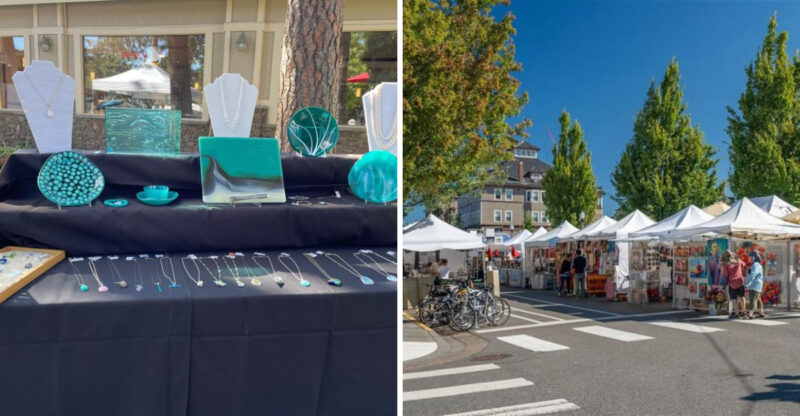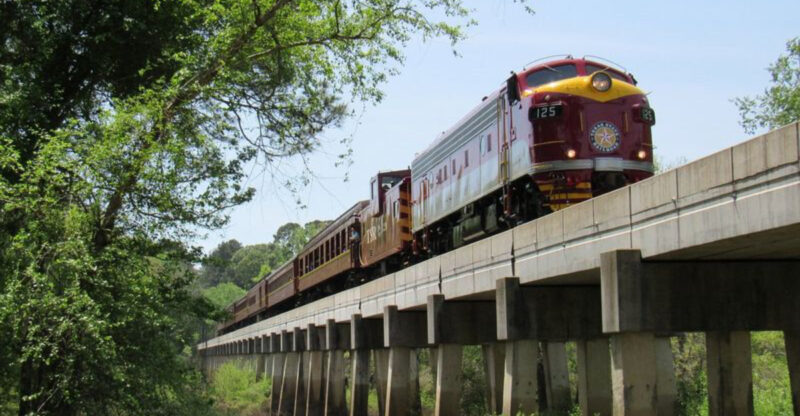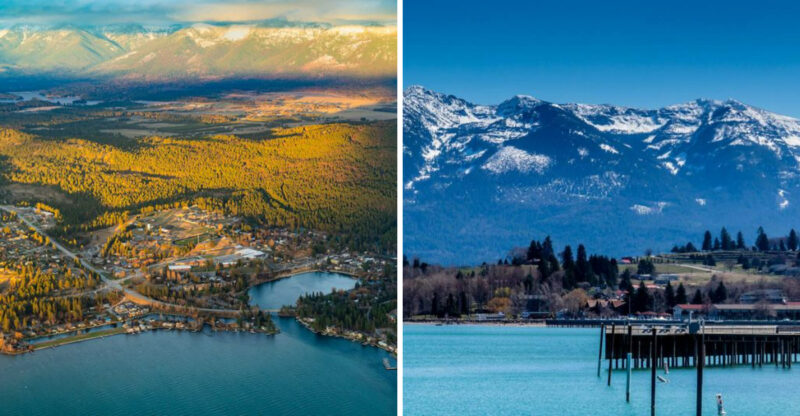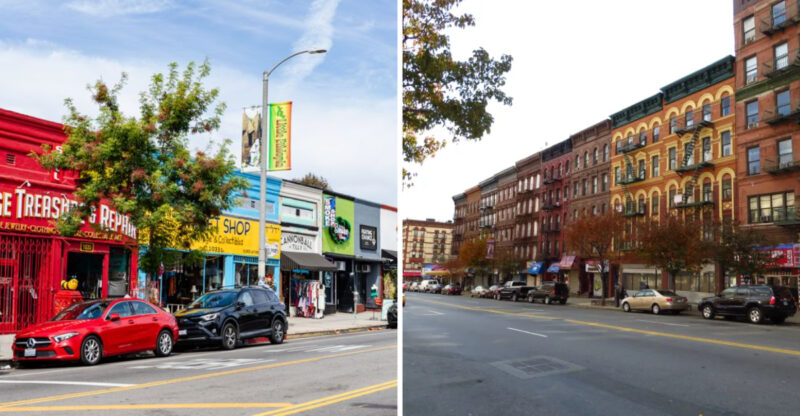Abandoned Pennsylvania Coal Towns Worth Discovering
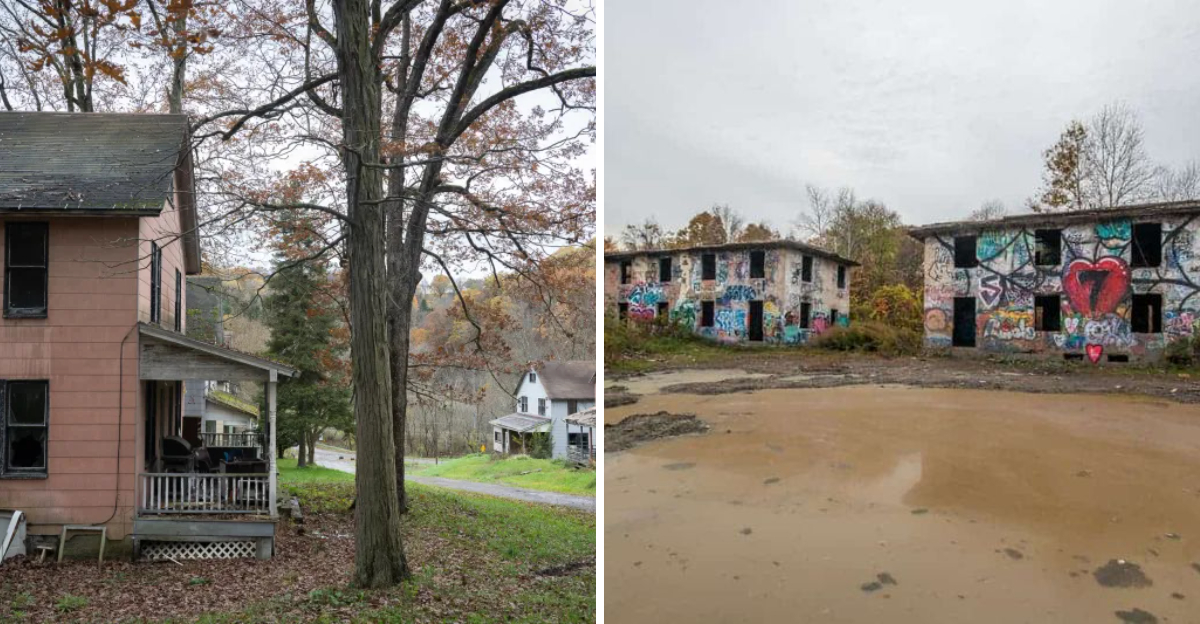
Pennsylvania’s coal country holds secrets that most people never get to see. Ghost towns scattered across the state tell stories of boom times, hard work, and sudden abandonment.
I’m taking you on a journey through forgotten places where miners once lived, worked, and built communities that time eventually left behind.
1. Centralia
Smoke still rises from beneath the cracked pavement in this town that’s been burning since 1962. An underground coal fire turned Centralia into America’s most famous ghost town.
Only a handful of residents refuse to leave their homes despite the danger. The government relocated nearly everyone else decades ago.
Graffiti Highway once attracted visitors until it was covered in 2020. You can still see steam vents and feel the warm ground beneath your feet in certain spots.
2. Bodie
Hidden in the mountains, Bodie thrived when coal was king in Pennsylvania. Families built their lives around the mines that promised steady work and good pay.
When the coal ran out, people packed up and left almost overnight. Buildings still stand but nature is slowly reclaiming them.
Old mining equipment rusts among the weeds and wildflowers. It’s like stepping back in time to see how miners and their families once lived in these tight-knit communities.
3. Nanticoke
Parts of Nanticoke still have people living there, but abandoned sections tell a different story. Coal mining made this place boom in the late 1800s and early 1900s.
Economic decline hit hard when mines closed down one by one. Entire neighborhoods were left empty as families searched for work elsewhere.
You’ll find crumbling brick buildings and boarded-up storefronts that once served busy miners. The contrast between occupied and abandoned areas shows how quickly fortunes can change in coal country.
4. Jenkinjones
This tiny settlement vanished so completely that most people don’t even know it existed. Jenkinjones housed miners who worked the surrounding coal seams in the early 1900s.
Only stone foundations and scattered debris mark where homes once stood. The forest has swallowed most evidence of human habitation.
Local historians work to preserve what little remains of this forgotten community. It’s a reminder that not every coal town left behind impressive ruins or dramatic stories.
5. Wilburton
Nestled in a valley, Wilburton once buzzed with activity from morning until night. Miners and their families created a close community despite the harsh working conditions.
The mines closed in the 1950s and people scattered to find new opportunities. Houses were left behind with furniture and belongings still inside in some cases.
Nature has been kind to this ghost town, covering it in green vegetation. It’s peaceful now compared to the noisy, dusty days when coal was everything.
6. Porter Run
Company houses lined the streets of Porter Run when coal companies owned everything. Workers rented homes, shopped at company stores, and lived entirely within the mining system.
When operations ceased, the company pulled out and left buildings to rot. Former residents rarely returned to see what became of their old neighborhood.
Exploring here shows you how coal companies controlled every aspect of miners’ lives. The identical houses and planned layout reveal the industrial nature of these communities.
7. Kelayres
High in the mountains, Kelayres clung to existence longer than many other coal towns. Stubborn residents stayed even as mines closed and opportunities dried up.
Today it’s a strange mix of occupied homes and abandoned structures. Some people refuse to leave despite the lack of jobs and services.
The determination of remaining residents is admirable but heartbreaking. They’re holding onto a way of life that’s been gone for decades now.
8. Eckley Miners’ Village
Unlike other ghost towns, Eckley got a second chance as a historical site. The state preserved this coal patch town to show visitors what mining life was really like.
Original buildings were restored and the town became a living museum. You can walk the same streets that miners walked over a century ago.
It’s not completely abandoned but it captures the feeling perfectly. Seeing preserved homes helps you understand the daily struggles and simple joys of coal mining families.
9. Wehrum
Wehrum thrived briefly in the early 1900s before fading into the forest. Around 700 people once called this isolated coal town home despite its remote location.
The town died completely by 1930 when mining operations shut down. Now it’s a popular hiking destination where you can explore ruins and foundations.
Stone steps lead to nowhere and old foundations outline where families lived. The transformation from bustling town to peaceful forest trail happened remarkably fast in historical terms.
10. Yellow Dog Village
The unusual name comes from company scrip that workers called yellow dog money. This coal patch town operated under the typical company store system that kept miners perpetually in debt.
When the mine closed, the company abandoned everything including the workers’ homes. People left with little more than they arrived with years earlier.
Scattered ruins tell the story of exploitation and hardship. It’s a sobering reminder that coal mining prosperity rarely reached the actual miners and their families.
11. Scotia
Tragedy marked Scotia forever when mine explosions claimed the lives of dozens of workers in 1976. The disaster contributed to the town’s eventual abandonment and decline.
Safety concerns and economic factors combined to empty this once-thriving community. Families couldn’t bear staying where so many had died underground.
Visiting Scotia feels different from other ghost towns because of its tragic history. The weight of loss hangs over the abandoned buildings and silent streets even decades later.
12. Concrete City
This experimental housing project was supposed to revolutionize coal town living. Companies built concrete homes in 1911 thinking they’d be modern, fireproof, and permanent.
The experiment failed miserably because concrete houses were cold, damp, and miserable to live in. Workers abandoned them within a few years for traditional wooden homes.
Now it’s a popular spot for urban explorers and photographers. The unusual concrete ruins covered in graffiti create an eerie atmosphere unlike any other Pennsylvania ghost town.



